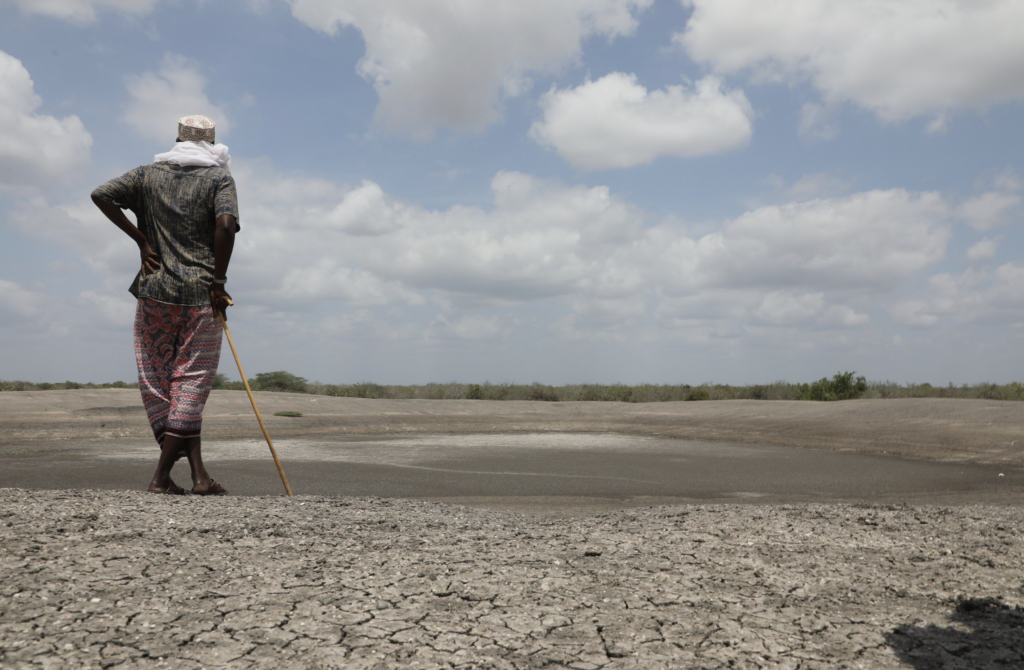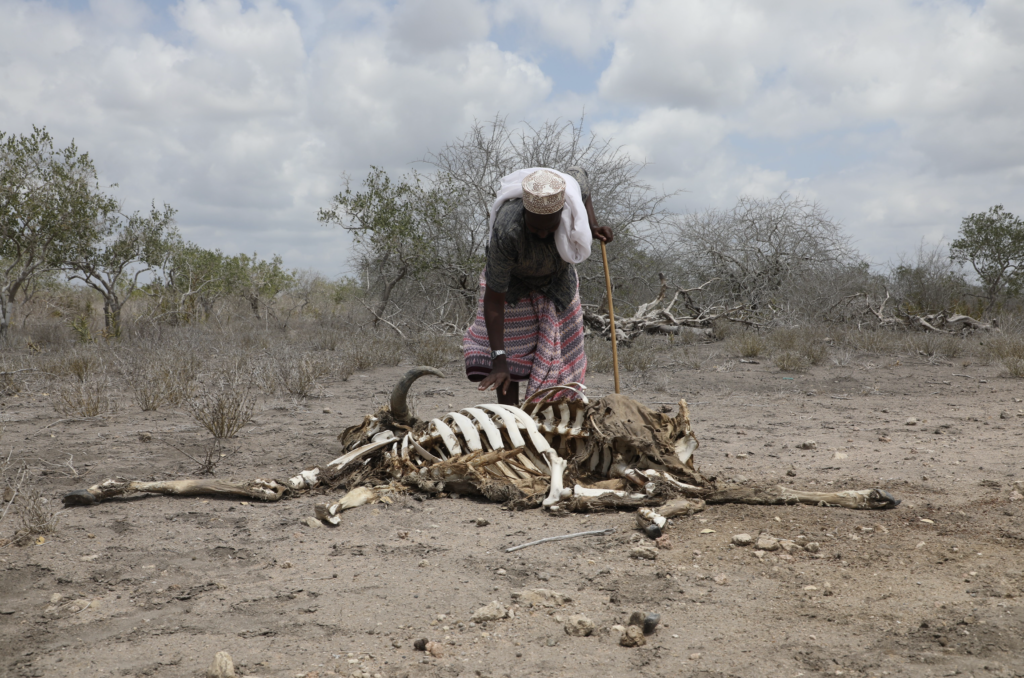The USAID-backed Famine Early Warning Systems Network (FEWS NET) has resumed operations after a one-year shutdown. As the largest and most widely used early warning system for famine, designed to detect food insecurity before it escalates into a full-blown crisis,, what should the more than 30 food-insecure countries expect from its return? And as a disaster-ready organization, what are our alternatives if this crucial system falters again?

Why Was FEWS NET Shut Down and Why Is It Back?
FEWS NET was suspended for nearly a year due to significant budgetary cuts by USAID, stemming from broader re-evaluations in U.S. foreign assistance priorities. This abrupt pause left a critical gap in early warning data and food security forecasting across vulnerable regions triggering concern among humanitarian actors who depend on timely, evidence-based analysis to guide life-saving responses.
While its return is welcome, but it raises urgent questions about its long-termcapacity, sustainability, and reliability, especially in an era of escalating climate shocks and conflict-driven food insecurity. While operations have resumed, early signs suggest limited resources and reduced staffingmay limit the scope and depth of its services.
What Is FEWS NET and Why Has It Been So Critical?
Established in 1985 after the devastating 1984 famine in Ethiopia, which killed an estimated 1 million people, FEWS NET was created to ensure no such crisis would catch the world unprepared again. Spearheaded by the U.S. government, it was designed to provide early warning and actionable data to inform international relief efforts.
The system monitors indicators such as crop production, food prices, weather patterns, and market access. It operates across more than 30 countries, including Kenya, where local analysts collaborate to assess and project food security trends.
FEWS NET operates alongside the Integrated Phase Classification (IPC), another global system for food security analysis. While IPC relies on consensus-based assessments conducted voluntarily, FEWS NET employs full-time technical staff to provide more frequent and forward-looking forecasts. This distinction has made FEWS NET especially valued for its real-time early warning capabilities.
What Has FEWS NET Offered the Humanitarian Sector?
- Enhanced Climate and Conflict Analysis
Food security is closely linked to climate variability and conflict. FEWS NET has helped improve climate services by incorporating data on price stability, income, crop yields, and extreme weather. In Kenya, these efforts have been complemented by national systems such as the National Drought Management Authority (NDMA) and the Conflict Early Warning and Response Unit. At the regional level, IGAD’s CEWARN also leverages climate data to anticipate and mitigate conflict-driven food insecurity.
- Development of Objective Early Warning Systems
FEWS NET relies on both indicators and expert judgment to forecast potential food insecurity scenarios. Since 1985, its methodology has refined drought monitoring across different contexts, influencing Kenya’s Drought Early Warning System (DEWS). Many of today’s localized drought indicators can trace their roots back to FEWS NET’s early models.
- More Effective Humanitarian Action
The credibility of FEWS NET data has strengthened donor and humanitarian confidence in anticipatory action. For example, the Crisis Modifier, a flexible funding mechanism used by USAID and others, relies heavily on FEWS NET’s projections to release emergency funds ahead of escalating crises. This has allowed preemptive interventions, helping communities before famine conditions fully emerge.
- Platform for Coordinated Action
By standardizing food security indicators, FEWS NET has enabled more cohesive planning among humanitarian actors. This alignment facilitates faster and more unified responses when early signs of famine are detected.
What Should We Expect Post-Shutdown?
While FEWS NET is technically back, its operational capacity remains uncertain. Reduced funding could compromise data quality, analysis frequency, and staff coverage. This would diminish its reliability as a go-to system for early warning.
Moreover, the link between FEWS NET’s assessments and tangible humanitarian assistance, often channeled through USAID, may now be more tenuous. Without corresponding increases in food and nutritional aid, early warning may not translate into early action.
Ultimately, the continued fragility of FEWS NET places at risk one of the most trusted, science-driven systems for anticipating and preventing famine. As a leading humanitarian actor, we must look beyond reliance on any single mechanism and invest in complementary, resilient systems that can withstand future shocks. There is a pressing need for diversified, locally anchored early warning systems that can complement and sustain efforts when global systems falter.
What Are Our Strategic Options Going Forward?
To build resilience and reduce vulnerability to system gaps, we recommend the following priority actions:
a) Champion National and Local Risk Assessment
Support efforts to institutionalize risk data, ensuring it is archived, open-source, and usable by local responders. This will reduce reliance on external systems and promote data sovereignty.
b) Invest in Local Early Warning Systems
Back initiatives that customize early warning tools for local use, from forecasting to integration in program design.
c) Embrace Humanitarian Diplomacy
Take an active role in advocating for climate financing, government-led risk reduction, and increased domestic investment in food security. Use global platforms to push for policies that prioritize resilience and self-reliance.
d) Pivot Toward Long-Term Community Development
Move beyond emergency response by building innovative and climate-resilient livelihoods. Invest in systems that address root causes, not just symptoms, of vulnerability.

Conclusion:
As FEWS NET begins its new chapter, we must ask ourselves: will we seize this moment to invest in more resilient, locally driven systems that can withstand funding shifts and political uncertainty, or will we continue to rely on fragile structures whose collapse puts millions at risk? The choice and the responsibility are ours. What kind of future are we preparing for?
Share your thoughts with us. How should the humanitarian sector adapt to ensure no community is left behind in times of crisis?

